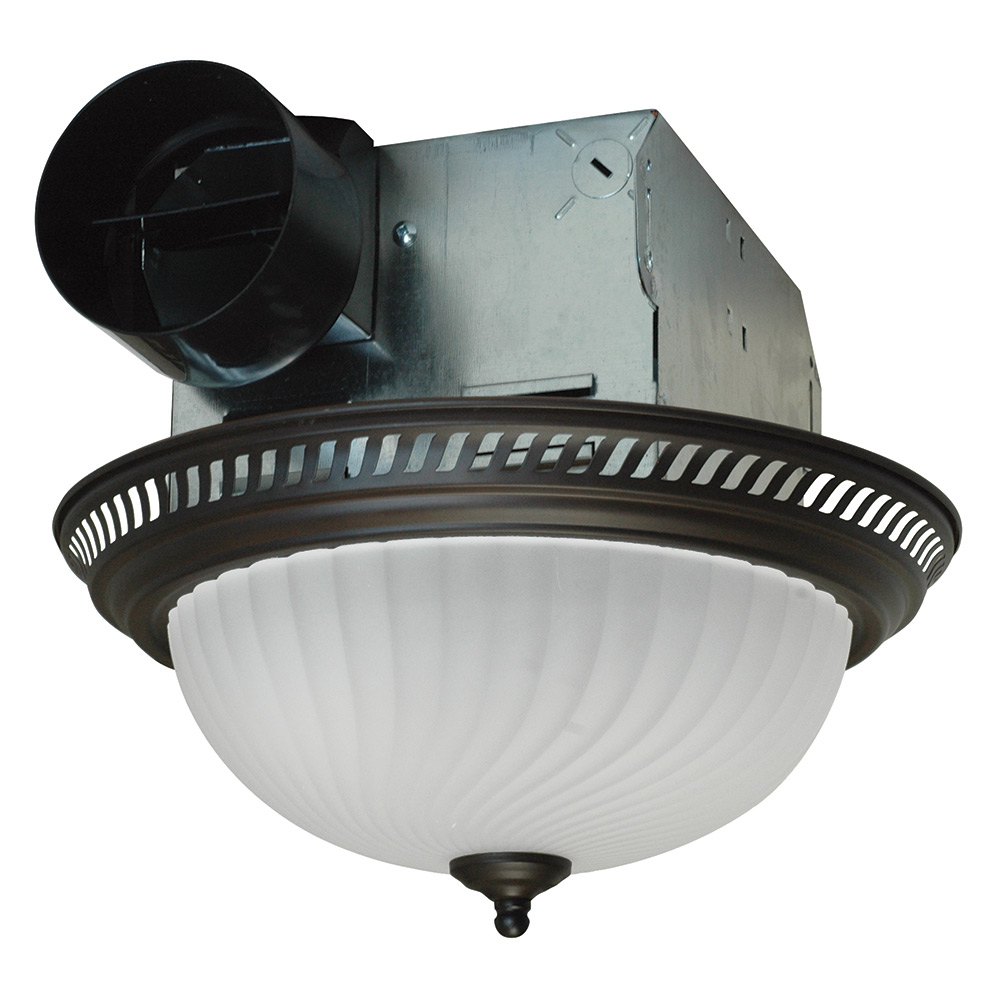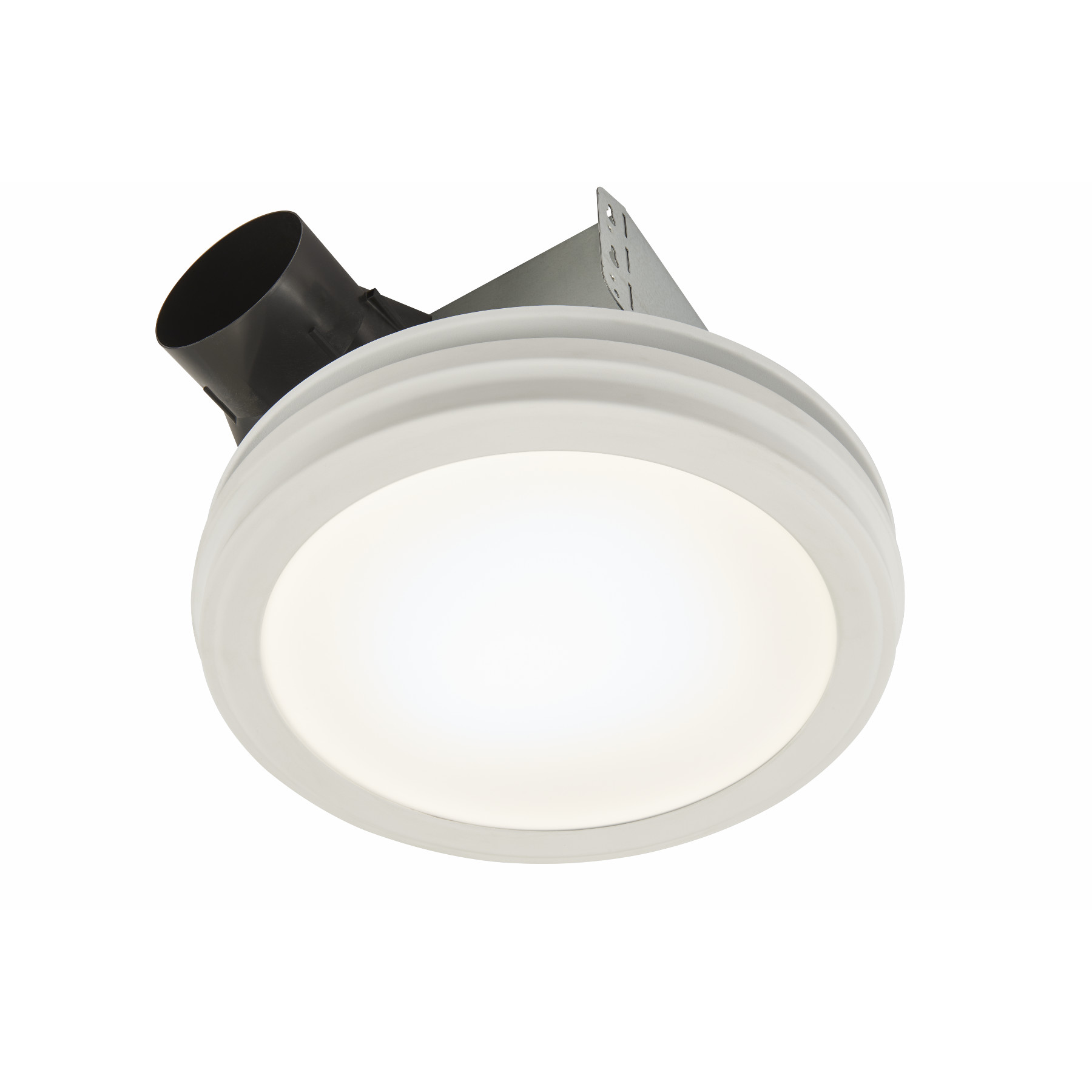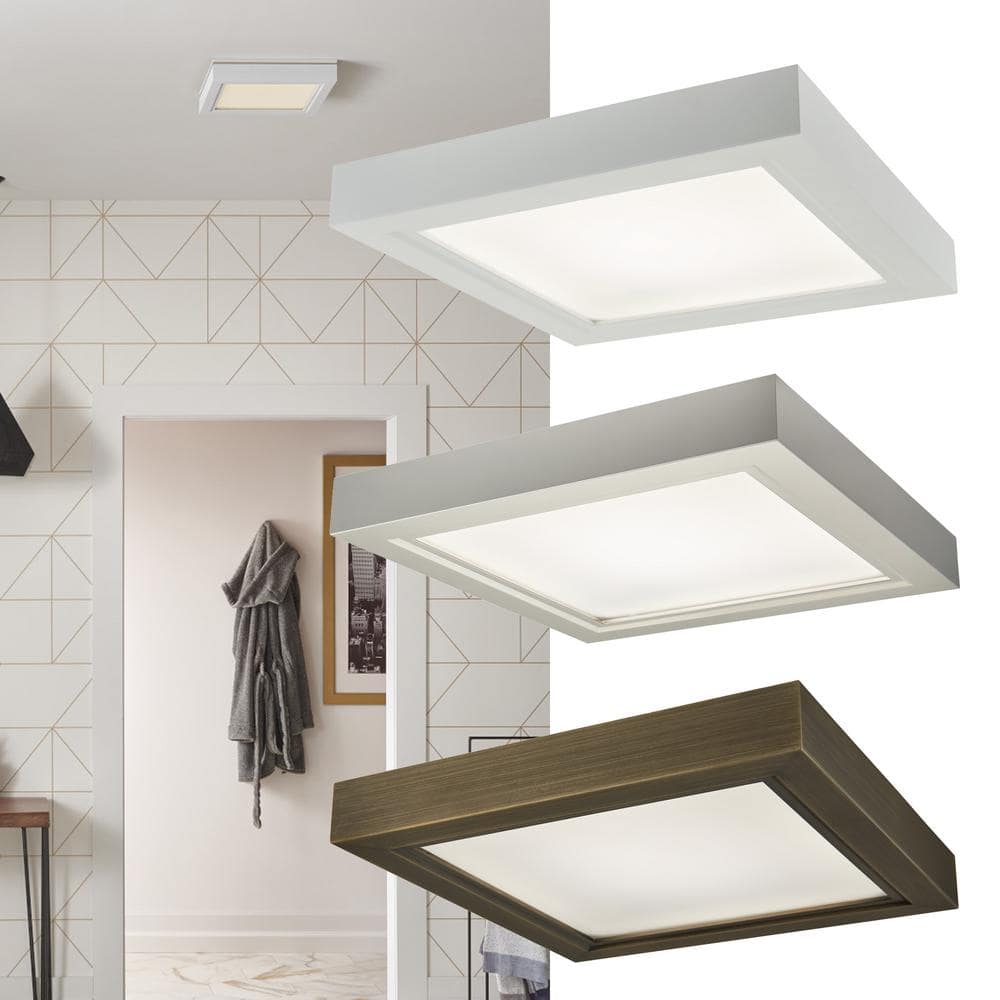When it comes to maintaining a comfortable and stylish living environment, the importance of a good exhaust fan can’t be overstated. As I navigated through my own home renovation journey, I discovered how decorative exhaust fans serve as both functional appliances and elegant décor pieces. In this comprehensive guide, I’ll share everything you need to know about decorative exhaust fans—from styles and benefits to installation tips and personal experiences that illustrate their value in any home.
What is a Decorative Exhaust Fan?
A decorative exhaust fan is a stylish version of the traditional exhaust fan, designed to blend seamlessly with your home’s décor while efficiently ventilating spaces. Unlike standard models that can be noisy and unattractive, these fans are engineered to enhance the aesthetic appeal of any room.
Functions of Decorative Exhaust Fans
These fans serve multiple functions:
- Improve indoor air quality by removing moisture and odors.
- Reduce humidity to prevent mold and mildew growth.
- Enhance the ambiance of your space by providing a stylish element.
Why Choose Decorative Exhaust Fans?
Investing in decorative exhaust fans can drastically elevate your home’s aesthetic while providing functional benefits. Here are some reasons to consider:
1. Aesthetics
Decorative exhaust fans come in various designs and finishes, allowing you to select one that matches your home’s interior. From modern minimalist to vintage-inspired, there’s a fan for every taste.

2. Noise Reduction
Many decorative models operate more quietly than traditional fans, making them ideal for bedrooms and living areas where noise can be disruptive.
3. Energy Efficiency
Modern decorative exhaust fans are designed with energy efficiency in mind, helping you save on energy bills while reducing your carbon footprint.

Energy Star Ratings
Look for models with Energy Star ratings, which indicate energy-saving features and lower environmental impact.
Types of Decorative Exhaust Fans
Let’s delve into the various styles of decorative exhaust fans available on the market:

1. Ceiling-Mounted Fans
These fans are installed directly into the ceiling and can be paired with beautiful lighting fixtures to enhance functionality.
2. Wall-Mounted Fans
Wall-mounted fans are perfect for small spaces where ceiling installation isn’t feasible. They come in various designs, including sleek and ultra-modern options.

3. Remote-Controlled Fans
These fans offer convenience and flexibility, allowing you to adjust settings from anywhere in the room.
Comparison Table of Decorative Exhaust Fans
| Fan Type | Style | Noise Level | Price Range | Energy Efficiency |
|---|---|---|---|---|
| Ceiling-Mounted | Modern/Classic | Low | $100 – $300 | Energy Star |
| Wall-Mounted | Contemporary | Moderate | $50 – $150 | Standard |
| Remote-Controlled | High-Tech | Very Low | $150 – $400 | Energy Star |
-AER80LWH(N)-AR80LWH_1.jpg?width\u003d1800\u0026height\u003d1800\u0026ext\u003d.jpg)
Choosing the Right Decorative Exhaust Fan for Your Space
Here are some vital considerations I discovered during my renovation:
1. Size of the Room
The size of the room will determine the fan’s power and size. Larger rooms require a more powerful fan to adequately ventilate the space.

2. Design Compatibility
Choose a fan design that complements the existing decor. A mismatched fan can disrupt the overall aesthetic of your room.
3. Installation Requirements
Consider whether you’ll need professional installation or if it’s a DIY project. Some models are simpler to install than others.
Installation Tips for Decorative Exhaust Fans
Installing a decorative exhaust fan can be a straightforward process, but it requires careful planning:
1. Choose the Right Location
Install the fan in areas where moisture tends to accumulate, such as bathrooms and kitchens.
2. Gather Necessary Tools
Ensure you have all tools handy—screwdrivers, wires, and the fan unit itself—to streamline the installation process.
3. Follow Manufacturer Instructions
Every fan comes with specific installation guidelines. Adhering to these ensures optimal performance and warranty coverage.
Pros and Cons of Decorative Exhaust Fans
Pros
- Enhances home aesthetic.
- Quiet operation.
- Energy-efficient options available.
- Variety of designs to match personal style.
Cons
- May have a higher upfront cost than standard fans.
- Some models require professional installation.
- Limited availability in local stores compared to standard options.
Personal Experience: My Journey with Decorative Exhaust Fans
During my kitchen renovation, I initially overlooked the importance of a good exhaust fan. After dealing with lingering smells from cooking and excess humidity, I realized something needed to change. I decided to invest in a beautiful, modern ceiling-mounted exhaust fan. The transformation was astonishing! Not only did it effectively remove moisture and odors, but it also became a stunning focal point in the room, complementing my updated decor perfectly.
FAQs about Decorative Exhaust Fans
1. How do I know what size exhaust fan I need?
To determine the right size, consider the room’s square footage and the fan’s air movement capacity, usually measured in CFM (cubic feet per minute).
2. Are decorative exhaust fans more expensive than regular ones?
They can be more costly, depending on the design and features, but the added aesthetic value and efficiency often justify the price.
3. Can I install a decorative exhaust fan myself?
Yes, many models are designed for easy installation, but always consult the manufacturer’s instructions and be cautious if you’re not comfortable with electrical work.
4. What maintenance do decorative exhaust fans require?
Regularly clean the fan cover and blades from dust and grease, and check the motor for any unusual noises or performance issues.
Final Thoughts
Choosing the right decorative exhaust fan can significantly enhance both the functionality and aesthetics of your home. Whether you’re refreshing a room or undergoing a full renovation, I encourage you to consider the vast array of options available. Your home deserves functional beauty, and a decorative exhaust fan is a perfect step towards achieving that balance.
Remember, it’s not just about removing air; it’s about creating a space that feels fresh, welcoming, and beautifully designed. Happy decorating!